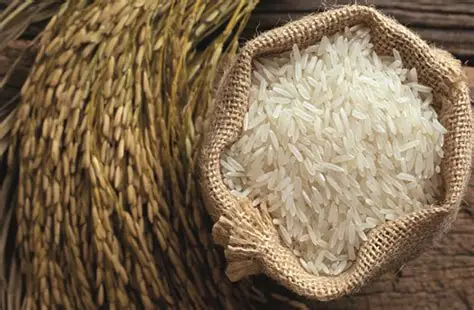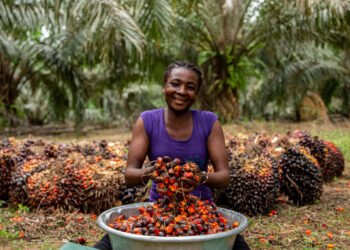The National Food Buffer Stock Company (NAFCO) has been crippled by inadequate funds as rice glut and farmers face heavy financial loss.
The company lacks the financial capacity to purchase the excess rice from the farmers at the prevailing market price because they await full release of funds from the government. The rice farmers are making hefty financial losses as they reduce prices to mitigate losses.
The Peasant Farmers Association of Ghana (PFAG), is therefore, calling on the government to provide adequate funds needed for NAFCO to buy excess rice from the farmers. This will reduce the losses the farmers are currently experiencing.
According to Bismark Nortey, the acting Executive Director of PFAG, rice farmers are still struggling to sell their produce due to the inability of NAFCO to procure them.
“There are still rice farmers struggling to find buyers because NAFCO doesn’t have the financial capacity to absorb all the rice in the system.”
Mr. Bismark Nortey, Acting Executive Director of Peasant Farmers Association of Ghana
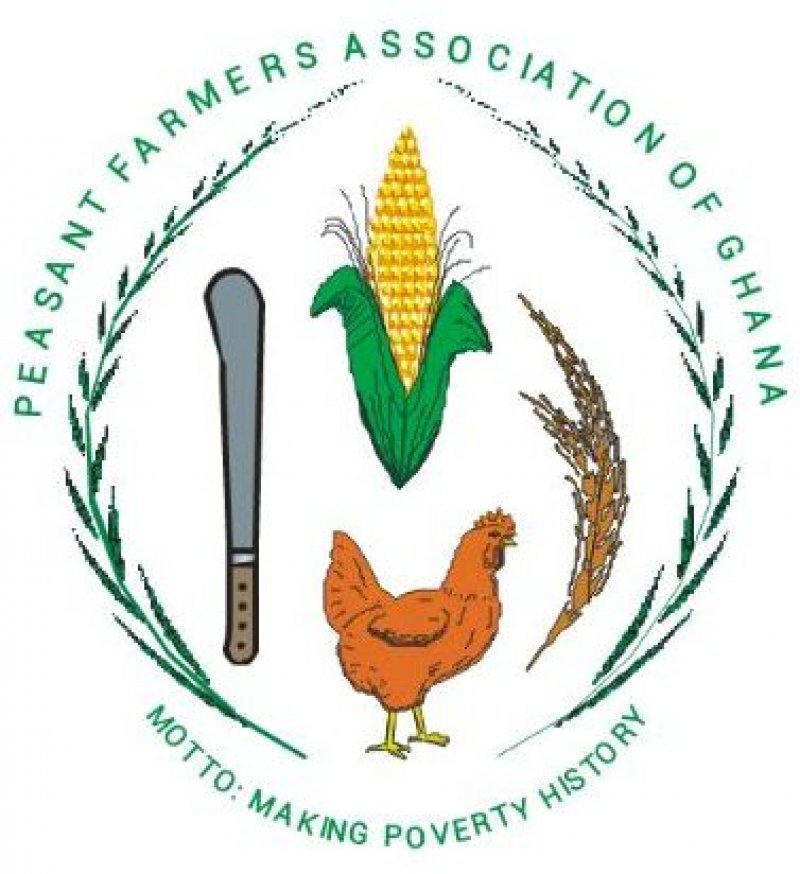
Mr. Nortey added that NAFCO has currently purchased a small amount of the total output because they have received less than 10% of the amount needed for full procurement. This situation has left huge quantities of paddy rice unsold across the country.
He, therefore, warns that the longer this situation continues, farmers in the sector will begin to produce other food crops come next season and forfeit rice cultivation. This will not serve the country well in a time when the government is trying to ensure food security.
PFAG further bemoaned that the progress of self-sufficiency in rice production and consumption hangs on the balance at the moment. Farmers income, investment, and livelihood are being affected.
“If this situation continues, many farmers will stop producing rice because they know their investments could go to waste. We are calling on the government and the President to urgently allocate more resources to NAFCO. The current funding is woefully inadequate.”
Mr. Bismark Nortey, Acting Executive Director of Peasant Farmers Association of Ghana
Government’s initial directive
In September, the government directed NAFCO through the Ministry of Food and Agriculture (MoFA) to begin purchasing the surplus grains from the farmers. According to the government, this call aims to prevent potential glut as the government is confident of increased yield.
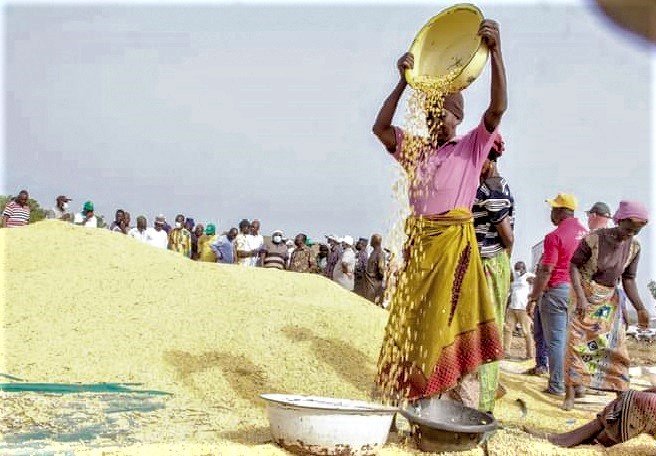
According to MoFA, their goal is to reduce post-harvest losses, ensure stable grain prices, and build strategic food reserves.
“To address the issue of a likely glut situation, Government has, for the first time since the establishment of the NAFCO, provided significant resources to enable NAFCO to purchase surplus produce for storage.
“This intervention will not only reduce post-harvest losses but also guarantee the availability of food reserves to cushion the nation against future shortages and emergencies,”
Ministry of Food and Agriculture
While giving these assurances, the Ministry urged the farmers to remain calm as the government is ready to purchase the grains and stabilize prices.
“The general public is assured that MoFA, working with all relevant agencies and stakeholders, is fully engaged in ensuring that every grain produced by Ghanaian farmers finds a sustainable and profitable market.”
Ministry of Food and Agriculture
The general expectation of MoFA is to stabilize food supply grown in Ghana, ensure food security for the country, and relieve pressure on the farmers.
The governments directive to MoFA came at the back of calls from Associations including the Chamber of Agribusiness Ghana (CAG) as they lament of “over 100,000 metric tons of unsold maize and rice from 2024 still in storage.”
Dilemma
The question now remains, what happened between September and now? Why is the PFAG making this claim.
Why haven’t the government through MoFA provided the financial capacity for NAFCO to be able to purchase the surplus rice produced?
Has the released fund been channeled to purchase other grain to the detriment of rice?
Rice Production in Ghana
Notwithstanding the challenges of the rice production, the cereal which is cultivated in both food and cash crop, is a strategic and important crop for the country. MoFA shows that “between 2008 and 2020, paddy rice production was in the range of 302,000 MT and 987,000 MT (181,000 to 622,000 MT of milled rice) with large annual fluctuations.”
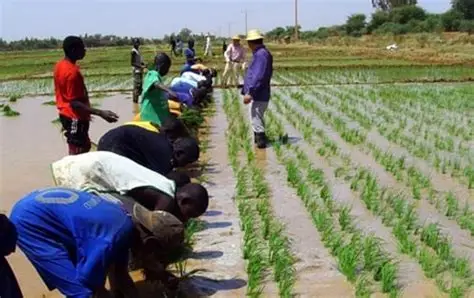
MoFA also mentioned that, “the total rice consumption in 2020 amounted to about 1,450,000 MT which is equivalent to per capita consumption of about 45.0kg per annum.” Adding that rice consumption has increased due to growing urbanization and Westernization culture.
In Ghana, rice consumption exceeds what is produce. Over the years, calls are made to improve production and quality of the local rice.
The Grain Global Agriculture Network report on Ghana Grain and Feed, projected that for the 2024/2025 market year, rice import in Ghana would reach 950,000 metric tons, a 20% increase from the previous year. This they claim is due to “drought-induced reductions in local rice production.”
The rice sub-sector’s struggle over the years has been due to competition from imported rice in terms of their cheapness. Ghanaians prefer the imported rice because they don’t trust the quality of the local rice. Though Ghana’s rice production is significant, it processing remains a challenge, reducing its quality.
READ ALSO: Africans Must Own the Future of the World – Speaker Bagbin

